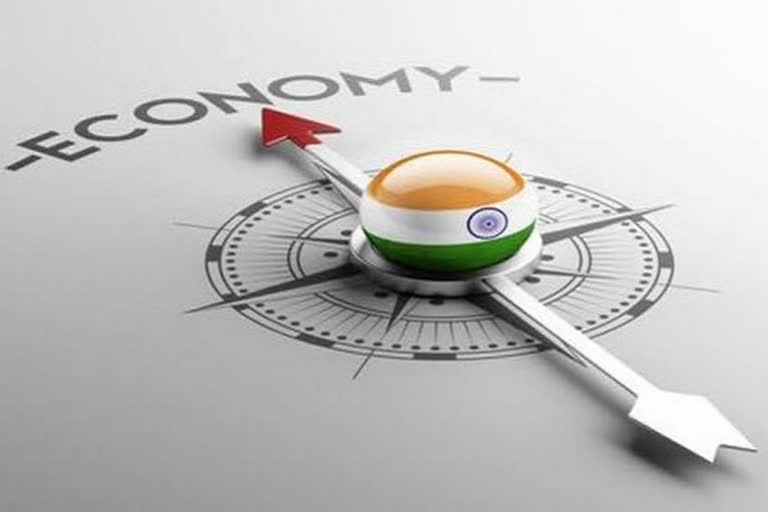New Delhi:The outbreak of the COVID-19 global pandemic, which has killed more than 4.4 lakh people in the country and over 46.6 lakh people worldwide, has had a devastating impact on the finances of average Indian households. The average household debt — both in urban and rural areas — nearly doubled in the last three years, according to SBI Research.
According to State Bank of India's Chief Economist Soumya Kanti Ghosh, the primary reason behind a sharp rise in the household debt burden during the last three years was the adverse economic impact of COVID-19, which caused a decline of 7.3 per cent in the country's GDP in the last financial year.
"We project that household debt in rural and urban areas might have doubled in 2021 from the 2018 levels," said Ghosh.
As per the projections made by SBI Research, the average household debt among rural households increased from Rs 59,748 in June 2018 to Rs 1,16,841 after COVID-19, an increase of Rs 57,093 or 95 per cent.
Also read:RBI warns public against KYC related frauds
Similarly, in the case of indebtedness among the urban households, the average loan size went up from Rs 1.2 lakh in June 2018 to nearly Rs 2.34 lakh post COVID-19, again an increase of 95 per cent. Ghosh said the trend is also reflected in the household debt to GDP ratio.
"The COVID-19 pandemic has resulted in a spike in household debt to GDP rate. As per our estimates, it rose sharply to 37.3% in 2020-21 from 32.5% in 2019-20," he wrote in his report.
Debt and Investment Survey 2018
As per the All India Debt and Investment Survey of 2018 (AIDIS 2018), which was released by the government last week, the average amount of debt among rural households was Rs 59,748 in June 2018 and in the case of urban households, it was over Rs 1.20 lakh.
The latest data showed that the indebtedness of both rural and urban households increased significantly in comparison with the level of indebtedness reported in 2012. In 2012, the average debt burden on a rural household was Rs 32,522, which went up to Rs 59,748 in June 2018, an increase of 84% in the six-year period.
